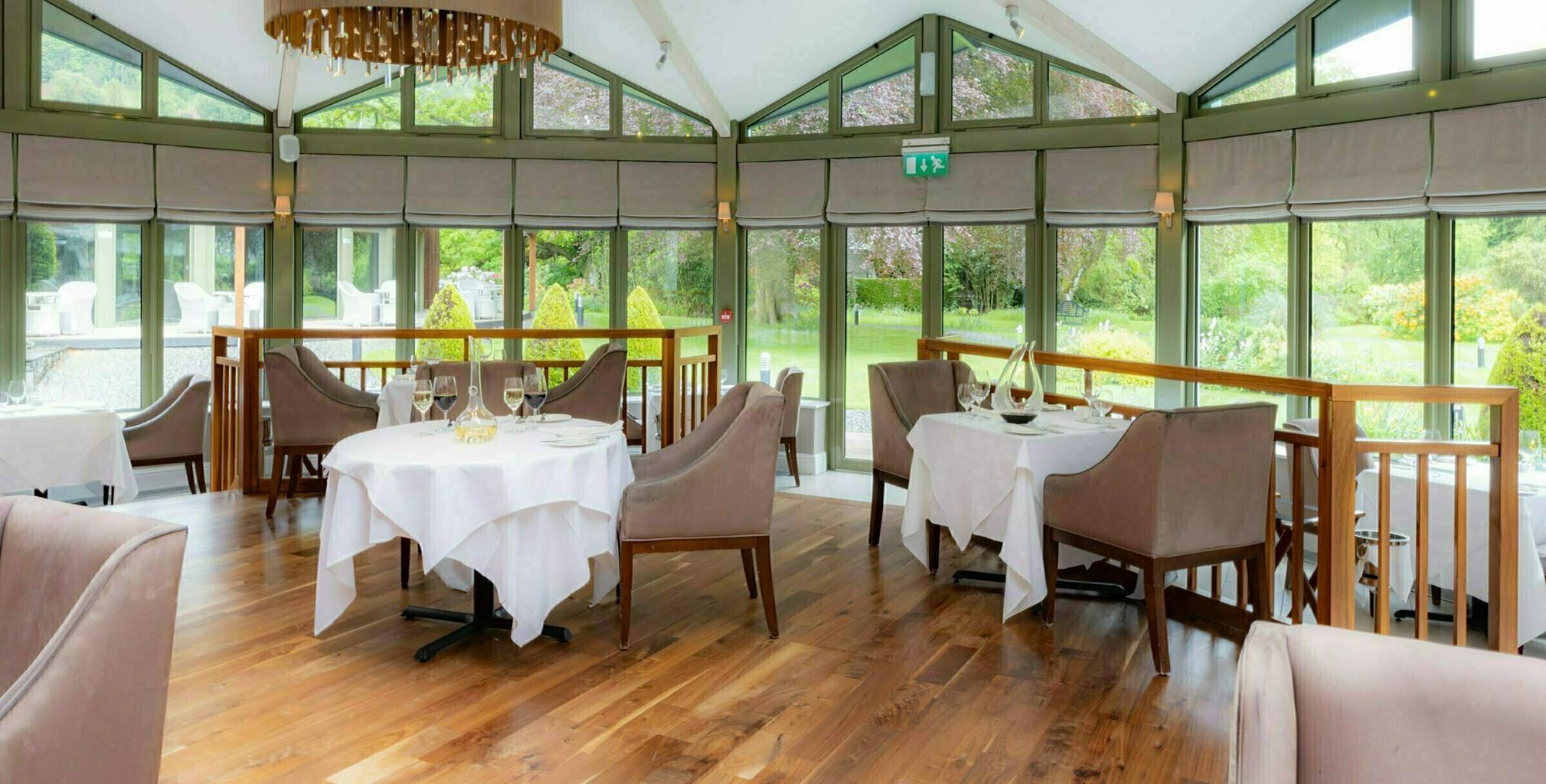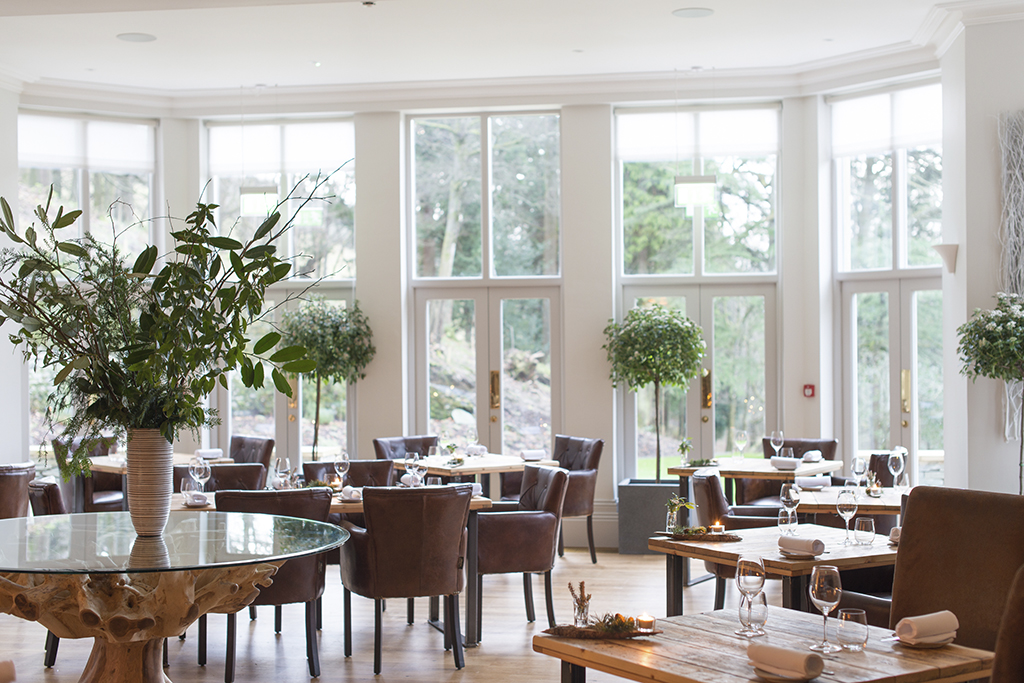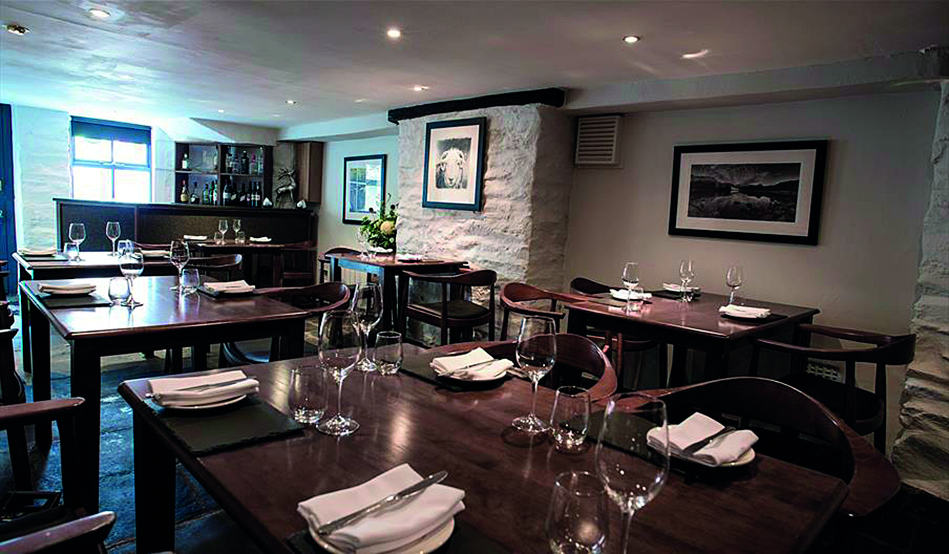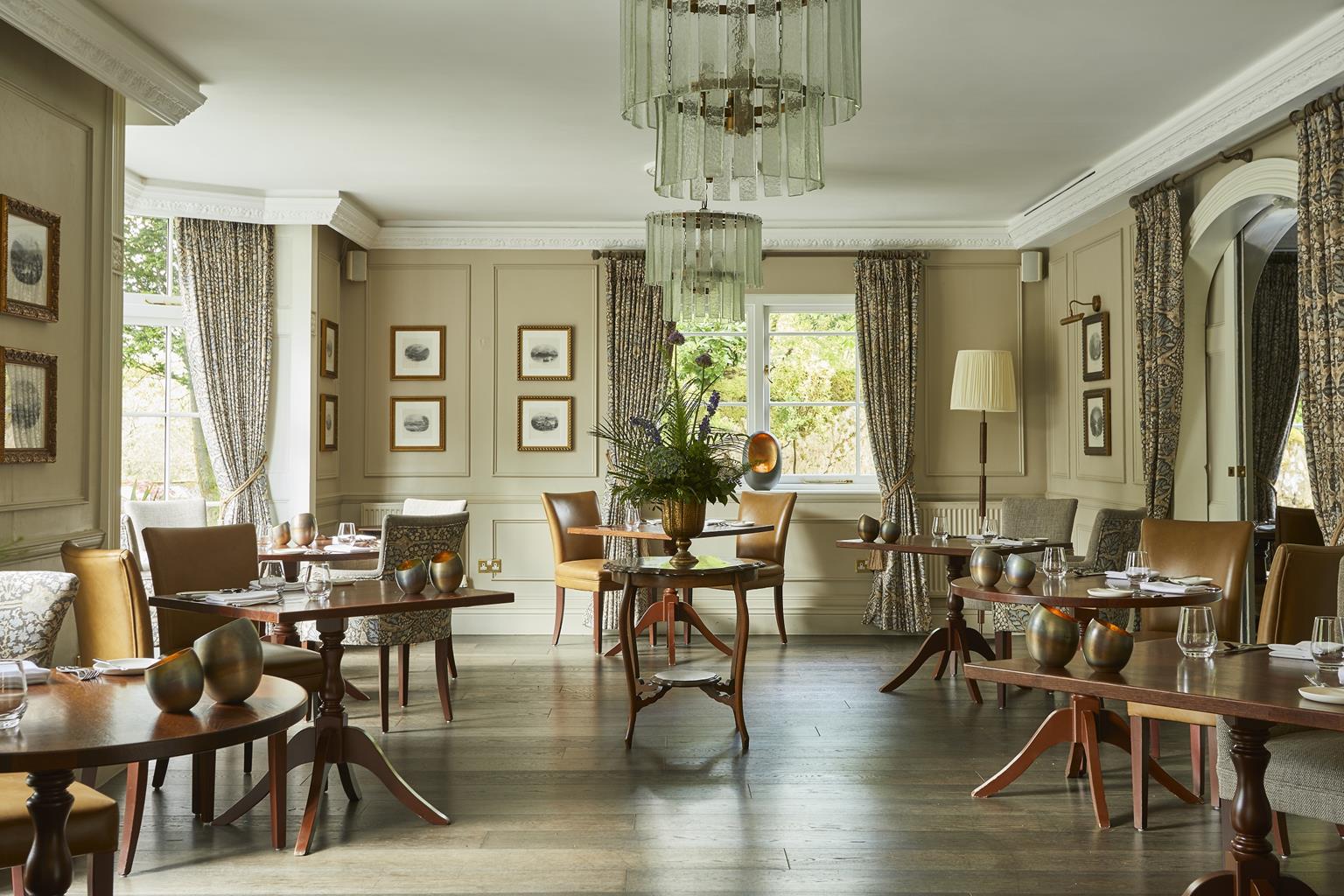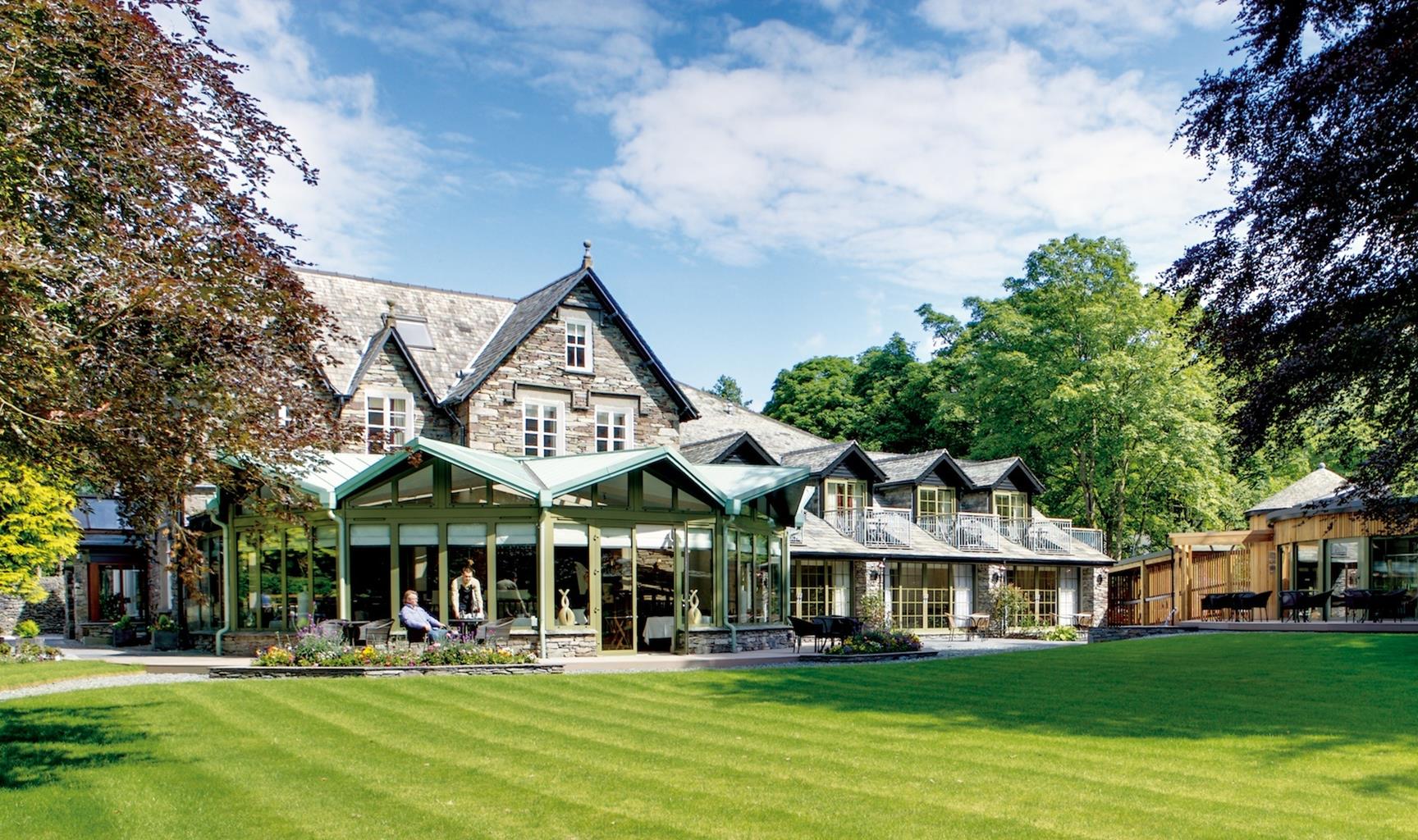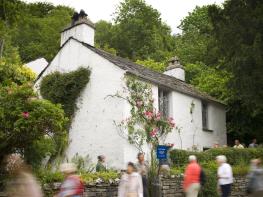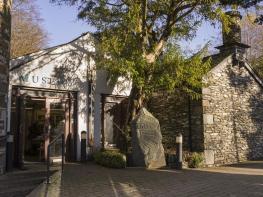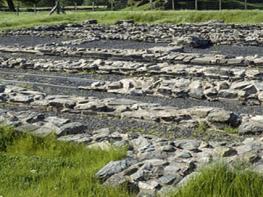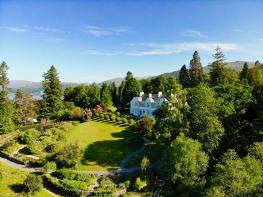Awaiting description.
Alcock Tarn

A steep ascent in the footsteps of poets and runners leads to a moorland tarn, some fine views and finally Dove Cottage.
3 miles (4.8kms)
About the walk
The name ‘Dove Cottage’ would not have meant anything to William Wordsworth and his family. The little house beneath the woods and towering ridge of Heron Pike was known to the poet and his family as Town End and it had formerly been an ale house called the Dove and Olive Bough. The Wordsworths arrived there on foot, just before Christmas in the winter of 1799. They paid £8 a year in rent and left nine years later for a variety of homes before ending up a few miles away at Rydal in 1813. William described it as their ‘beautiful and quiet home’.
Dove Cottage today is a whole complex of academic and artistic endeavours as well as a museum and art gallery. This walk ends by the Jerwood Centre, opened by poet Seamus Heaney. It houses an academic reading room for the Wordsworth Trust’s collection of historic manuscripts. It’s fair to say that the Wordsworths would probably not realise this was the same place that William settled in to write ‘Daffodils’, and his sister Dorothy her diaries of their time there. Some things may be familiar though. The mercilessly steep section of this walk that leads from the back of Forest Side and takes you up into Greenhead Gill is still perhaps as stiff a climb as Wordsworth described it in ‘Michael’:
If from the public way you turn your steps,
Up the tumultuous brook of Greenhead Ghyll,
You will suppose that with an upright path,
Your feet must struggle in such bold ascent,
The pastoral mountains front you, face to face
But courage! for around that boisterous brook
The mountains have all opened out themselves
And made a hidden valley of their own.
Missing from the gill in Wordsworth’s day would be the parapet of the Thirlmere Aqueduct and associated pieces of water supply equipment.
Alcock Tarn
Another addition since ‘Michael’ would be the tarn in the hollow beneath Butter Crag. Alcock Tarn was once a boggy depression and took its name from the rocks that rise above on the slopes of Heron Pike. Mr Alcock of the Hollins in the valley below enlarged it with a dam and stocked it with trout at the end of the 19th century. Alcock Tarn was bought, along with much of the surrounding fell, by the National Trust in the 1940s.
Walk directions
From the far end of the car park, close to the toilets, locate a walled path passing the back of Grasmere School. Turn right at a junction and pass the old Workman’s Reading Room. Keep ahead at a crossing of paths by a small bridge and go through a kissing gate to join a meadow path. It bears left by a stand of pines then follows a wall and fences to reach the main road.
Turn left along the pavement for a few paces before crossing over to the lane adjacent to the Catholic church. Walk up this quiet residential lane. At a junction after a short descent, turn right and continue until a footpath sign on the right points you up a narrower walled lane towards Alcock Tarn. At the top of this lane, go through a gate onto the open fell.
Turn immediately right. Walk up the right-hand side of the beck as you look up. The path ascends steeply alongside, following the wall away from the beck then cutting up past a bench before rejoining the wall. Keep climbing; there’s a very brief respite near the corner of another wall before you continue zig-zagging up the hill. A line of crags fills your immediate horizon until you work your way beyond them, swinging round to the right and levelling off. Continue on the well-walked route. A wall joins you on one side and a gate takes you through a crossing wall to Alcock Tarn.
Half-way along, a little bluff on the right affords great views of the valley below. Pass the tarn and its dam and bear right, aiming for a gap in the wall. A way now descends beside the rocky promontory of Grey Crag, a zig-zag path beginning just beneath the crag itself. The descent is steep and rocky in places but navigation is fairly straightforward, following a clear path down to a gate. Through this the descent continues past a bench and a tiny reservoir under trees. At a junction of tracks, keep left on a wider path. Go through a metal gate into shady woods and continue to a second gate.
Keep ahead around the grounds of Wood Close, descending to a lane. Don’t go out onto the lane, but turn right, descending on a footpath that emerges at Woodland Crag Cottage. Turn left along the access road and left again on a tarmac lane. After a few paces a right-hand dodge cuts off the corner down to a road. Turn right here, by a coffin resting stone. Emerge at Dove Cottage, walking past the museum and gallery to the main road.
Turn right to cross beyond the mini-roundabout, then follow Stock Lane back toward Grasmere and the car park.
Additional information
Road, grassy paths and tracks
Woods, field, fell, tarn and lake
Some places grazed by sheep
OS Explorer OL7 The English Lakes (SE)
National Park Authority Stock Lane pay-and-display car park, on the southern side of Grasmere village
At car park
WALKING IN SAFETY
Read our tips to look after yourself and the environment when following this walk.
Find out more
Also in the area
About the area
Discover Cumbria
Cumbria's rugged yet beautiful landscape is best known for the Lake District National Park that sits within its boundaries. It’s famous for Lake Windermere, England’s largest lake, and Derwent Water, ‘Queen of the English Lakes'. This beautiful countryside once inspired William Wordsworth and his home, Dove Cottage, in Grasmere is a popular museum. Another place of literary pilgrimage is Hill Top, home of Beatrix Potter, located near Windermere. Tom Kitten, Samuel Whiskers and Jemima Puddleduck were all created here.
Much of Cumbria is often overlooked in favour of the Lake Distirct. In the south, the Lune Valley remains as lovely as it was when Turner painted it. The coast is also a secret gem. With its wide cobbled streets, spacious green and views of the Solway Firth, Silloth is a fine Victorian seaside resort. Other towns along this coastline include Whitehaven, Workington and Maryport. Carlisle is well worth a look – once a Roman camp, its red-brick cathedral dates back to the early 12th century and its 11th-century castle was built by William Rufus.
Nearby stays
Restaurants and Pubs
Nearby experiences
Recommended things to do
Why choose Rated Trips?
Your trusted guide to rated places across the UK
The best coverage
Discover more than 15,000 professionally rated places to stay, eat and visit from across the UK and Ireland.
Quality assured
Choose a place to stay safe in the knowledge that it has been expertly assessed by trained assessors.
Plan your next trip
Search by location or the type of place you're visiting to find your next ideal holiday experience.
Travel inspiration
Read our articles, city guides and recommended things to do for inspiration. We're here to help you explore the UK.

